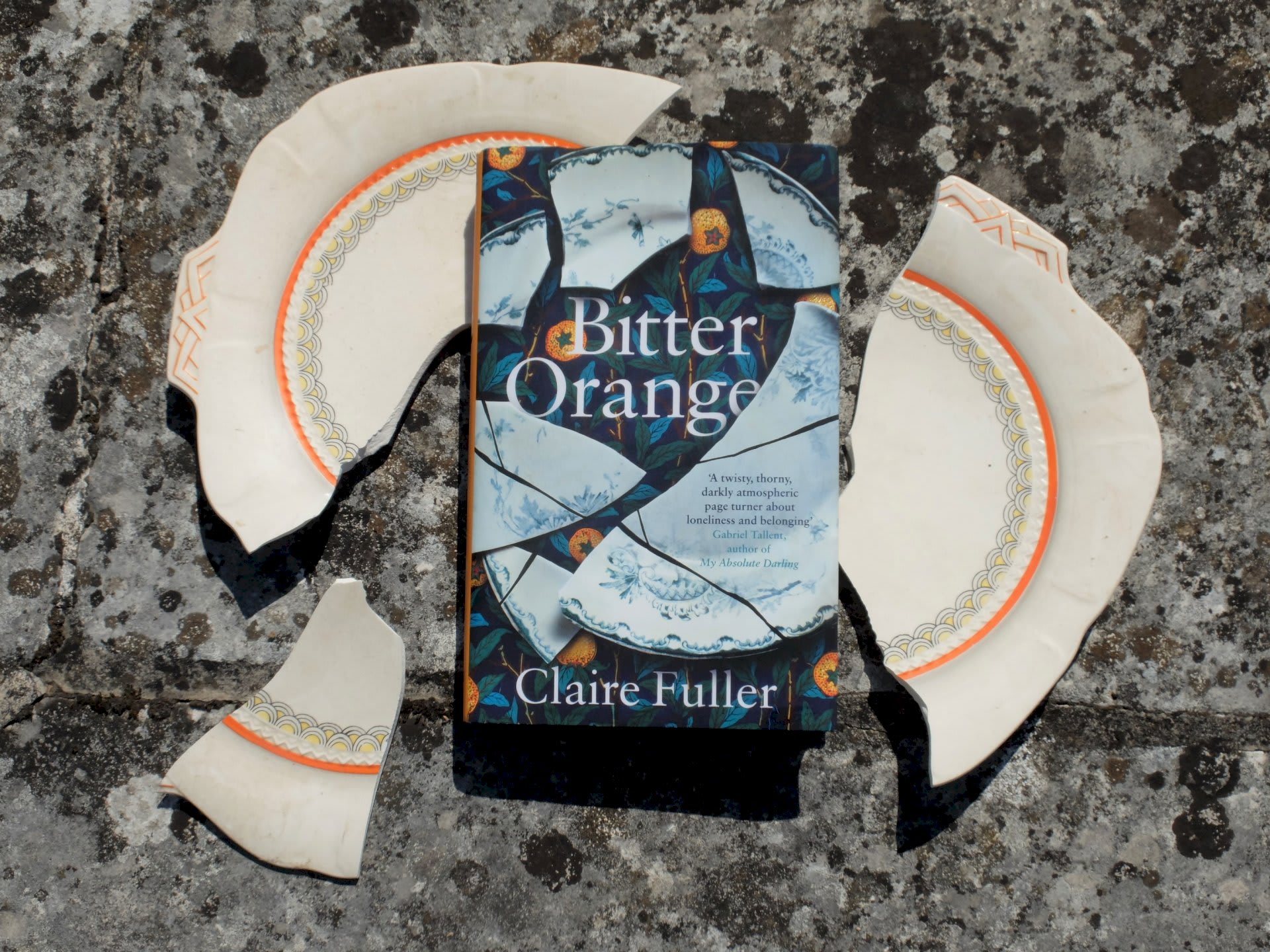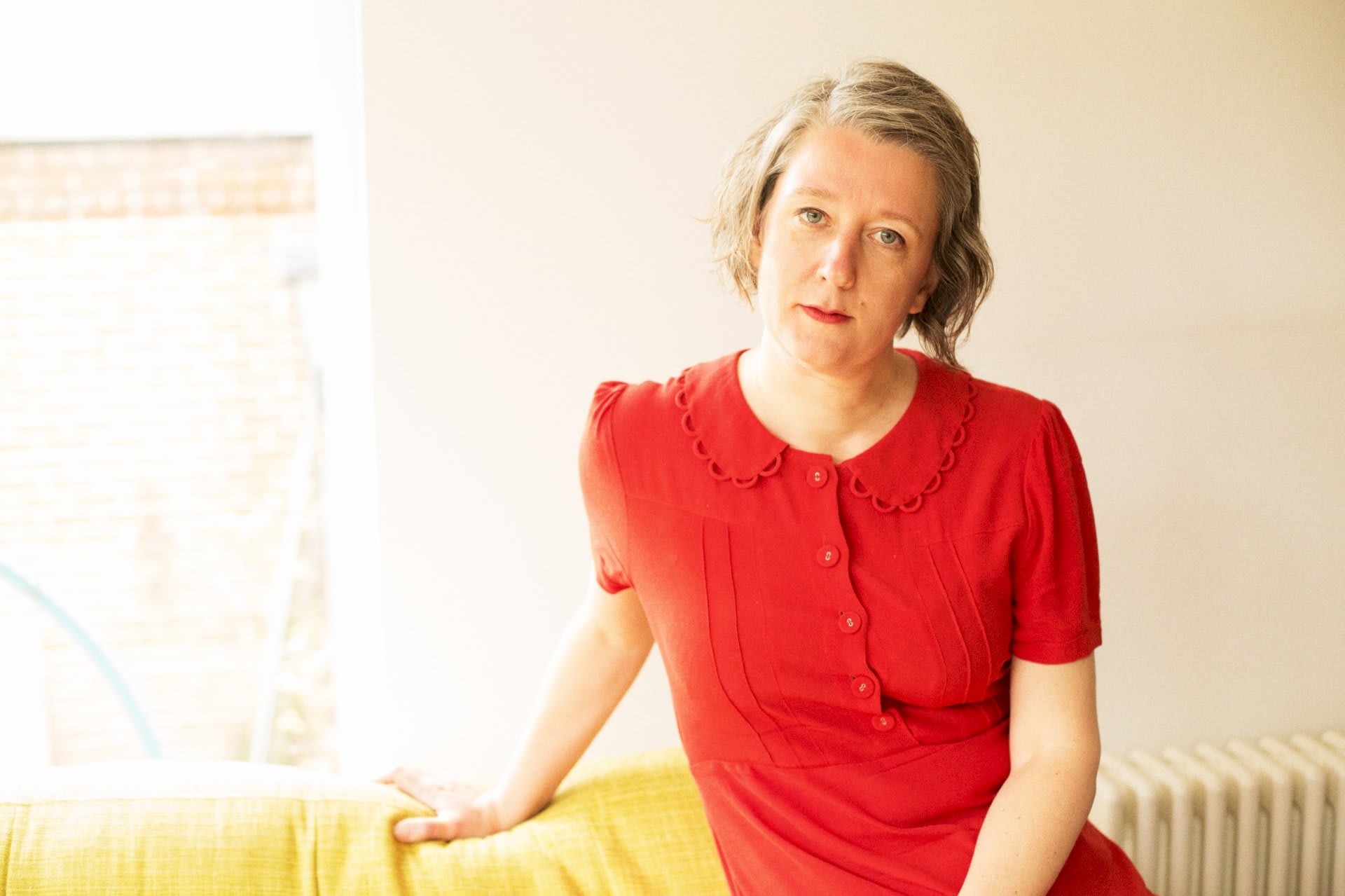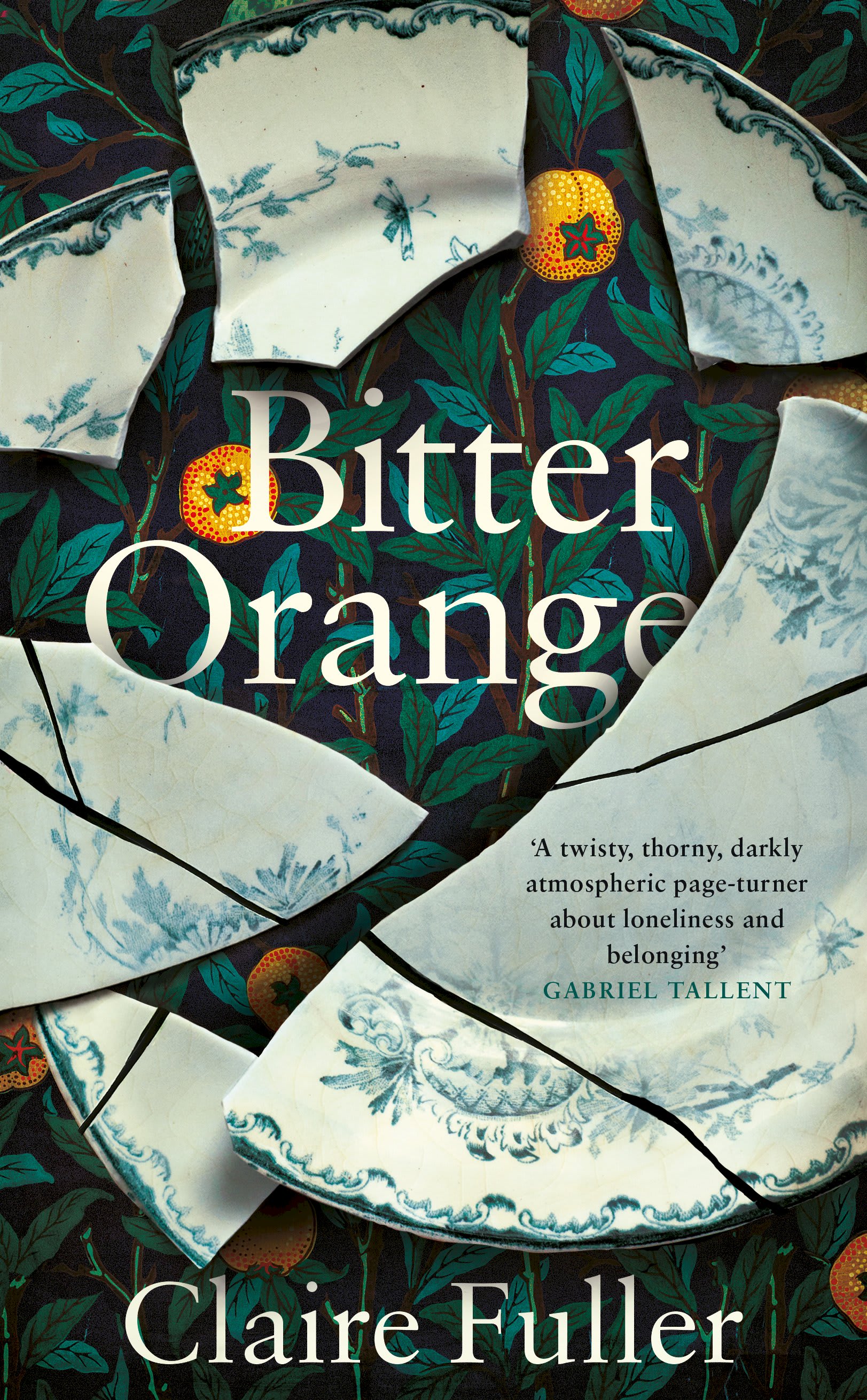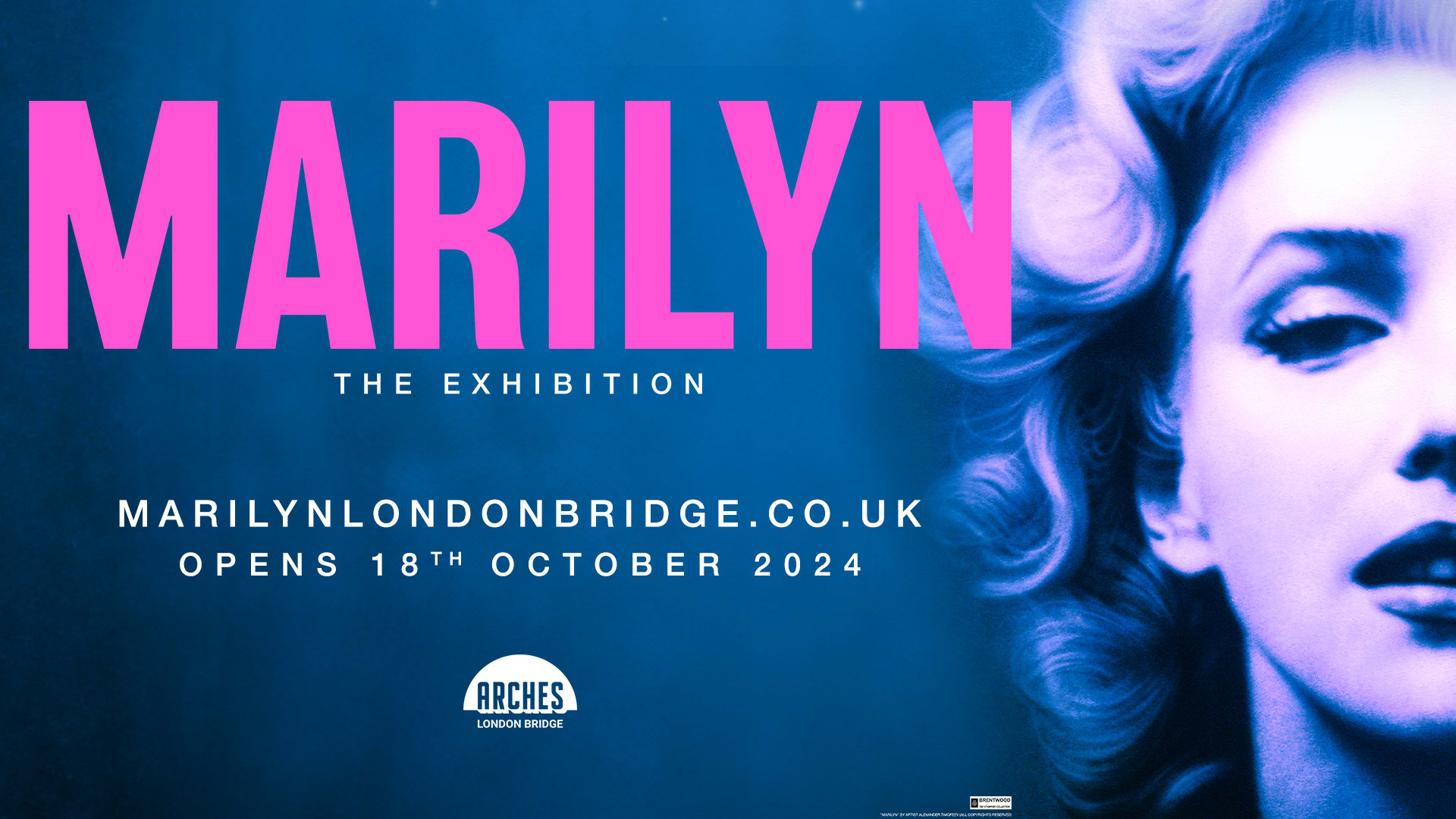There is a chill in the air and darkness is beginning to gather in the evenings. As the nights draw in and leaves begin to fall, there is nothing better than settling down with a good, terrifying book and letting yourself embrace the shadows. It’s a time for monsters and claustrophobia and a growing sense of dread. Although this time of year lends itself to the macabre, there is also a certain appeal to books that build their suspense in the bright, warm glow of summer.
I was lucky enough to be able to talk with Claire Fuller, the Oxfordshire-born author, to discuss her latest book, Bitter Orange. We open with Frances towards the end of her life, stuck in an institution with a wasting illness, but with the memories of the summer of 1969 refusing to fade. That summer, she is invited to visit a stately home to document its garden architecture, and search for a fabled Palladian bridge. This brings her into the orbit of a dazzling, unconventional couple – Peter and Cara – who are also documenting the contents of the empty house. However, as the novel progresses it becomes increasingly impossible to ignore the feeling of wrongness that underlies these three new friends. As secrets slowly unravel, more and more questions develop until the truth is finally revealed.
Bitter Orange is a fantastically rich and claustrophobic novel, and the setting – Lyntons, a crumbling stately home in Hampshire – feels simultaneously out of place as well as out of time. Was there a specific inspiration for the house, or is it an amalgam of places?”¯
It was mostly inspired by a neoclassical house called The Grange which is in Hampshire, near where I live. The house, managed by English Heritage, is only open to the public to go around the outside, although its orangery has been turned into a theatre for operas and dance. Inside, the house has been kept in a state of dereliction, with the plaster falling from the walls, and some of the ceilings gone altogether. I was lucky enough to be taken round by the caretaker and shown every room in this incredibly atmospheric building. There is also a lake and a small grotto, but no other follies or a Palladian bridge. These pieces of garden architecture I either invented or repurposed from others I’d visited.
You grew up in Oxfordshire, and Frances spent a single year at the University. Do you find Oxford or where you grew up shapes your writing at all?
Very much so. Although Frances’ time at Oxford isn’t a big part of the story, I could still imagine her there, and I did a lot more research about her time there than actually made it into the novel. When I write about the English countryside it is often the fields and streams of east Oxfordshire where I grew up that are in my mind. They do all get mashed together, but it is that rolling landscape that I’m thinking of.
You have used a present-and-past structure for both Swimming Lessons – your second novel – and Bitter Orange – can you talk a little more about why this works so well?
I don’t plan my novels, so the structures of all three have just happened, and I’d prefer it (it would make my life easier) if they didn’t have different timelines within the same book. But it can make for more interesting storytelling. I think this kind of structure can help increase the tension because I’m able to move to a different timeline just as one gets interesting. It also helps with foreshadowing, and it’s a legitimate means of withholding information that I might want to reveal slowly. For the reader, a present-and-past structure can help create more mystery and hopefully make them want to keep reading.
One of my favourite things about your book is the growing sense of unease I felt whilst reading it, but it never explicitly veers into the supernatural. Do you have any recommendations for books that can inspire that same sense of discomfort or even horror?
I do really enjoy reading novels with an element of the uncanny. There are lots I’d recommend: ‘The Little Stranger’ by Sarah Waters, ‘The Stopped Heart’ by Julie Myerson, ‘The Turn of the Screw’ by Henry James, and ‘The Greatcoat’ by Helen Dunmore, for starters.
Thank you Claire.
Bitter Orange by Claire Fuller is published by Penguin











